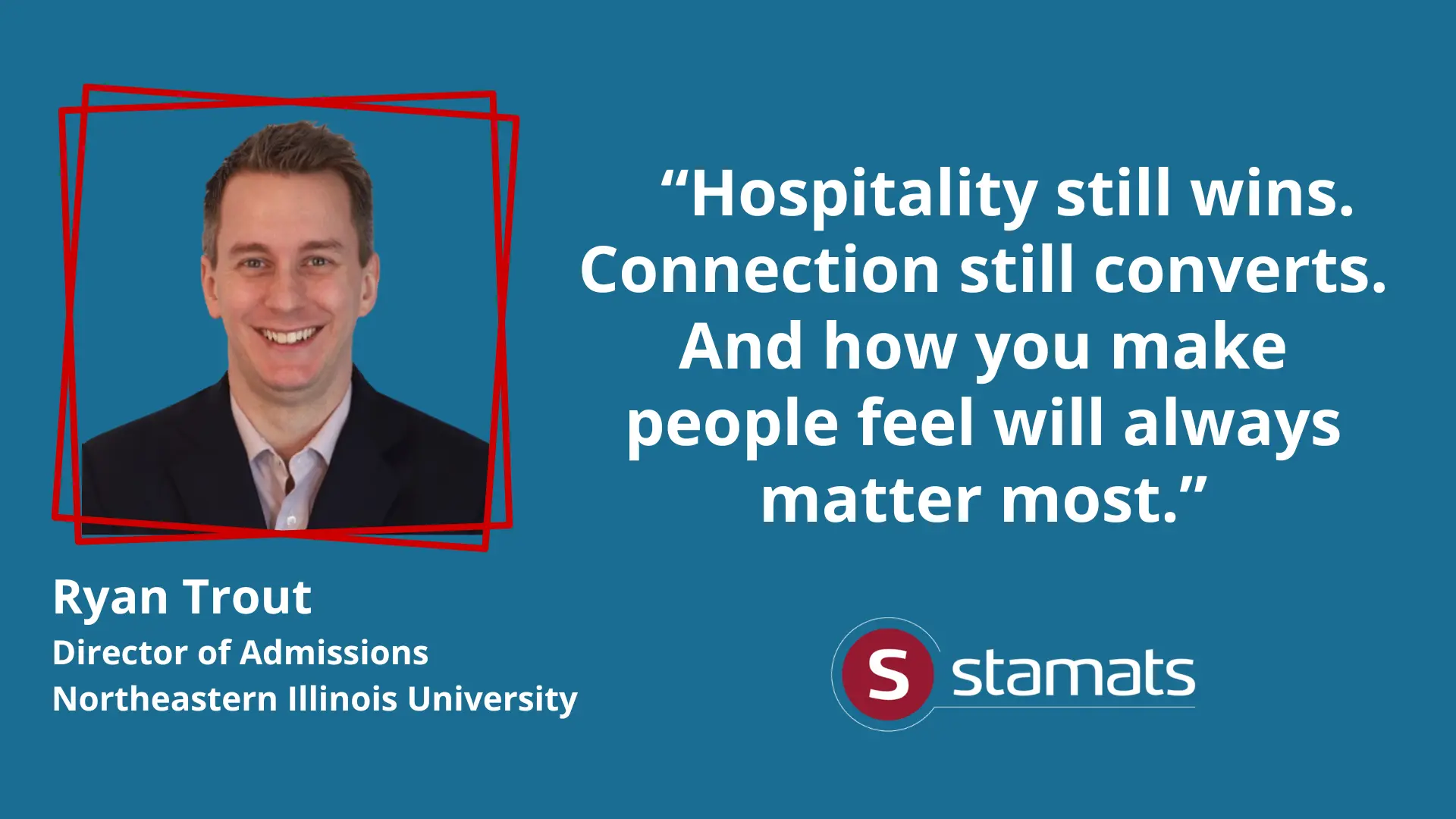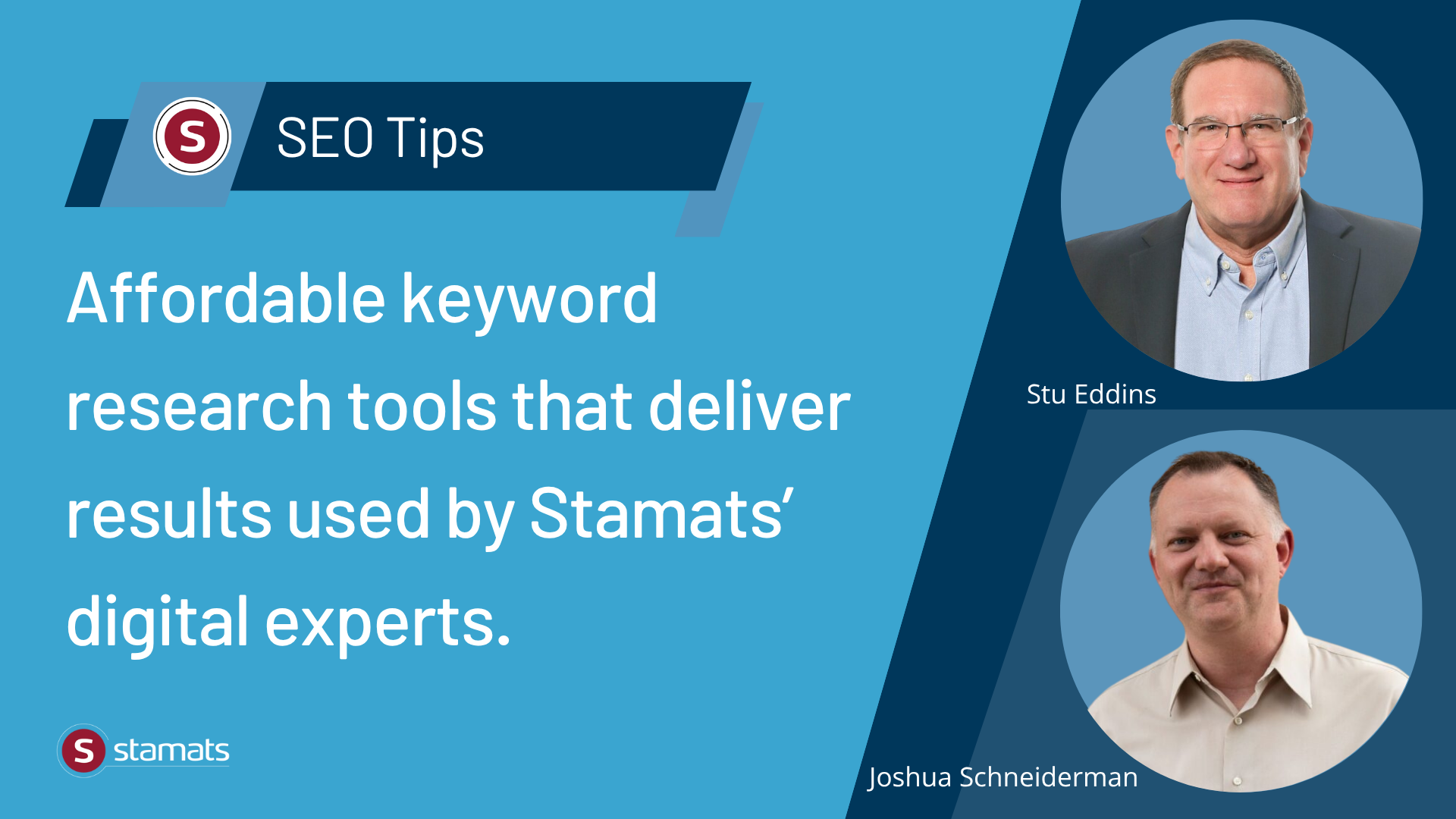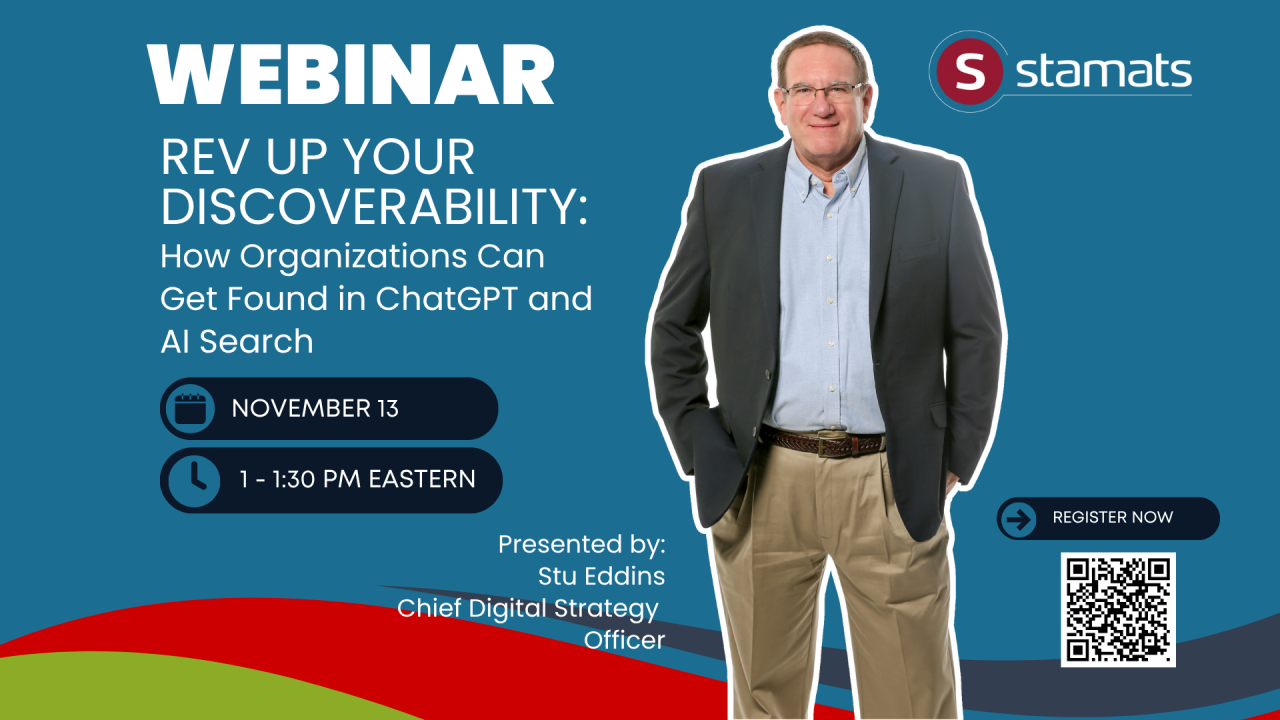Written by
on

Savvy markets know there is a big difference between reaching adult students and converting adult students.
For this reason, I am going to approach this topic in two blogs. This blog will address reaching prospective adult students. The second companion blog will take a look at converting adult students.
Part I − Reaching Adult Students
Successful marketing and recruiting strategies invariably begin with using research to ask and answer a handful of questions:
- How are you defining your target audience?
- What communication channels do they use?
- What are their motivations for returning to or continuing with college?
- What barriers are they likely to encounter?
- What selection criteria are they likely to use?
I’m going to walk you through these questions and give you some guidelines and, where appropriate, provide insight based on the 2017 Stamats Adult StudentsTALK™ study. However, it is critically important that you conduct research that reflects your specific audience, program type, and institutional context.
How are you defining your target audience?
Specificity is critical. Even the term adult students is too vague. For example, what age range describes your typical student? What educational backgrounds? What kind of demographic or psychographic profiles? Previous history with the college or university? What do adult students want to study?
The more you know about the adults you are targeting the better. In fact, to make it easier, create a profile of existing, persisting adults; the kinds of adults you want to recruit. This helps you more completely visualize your target.
What communication channels do they use?
The 2017 Stamats Adult StudentsTALK™ study affirmed, not surprisingly, that the college’s website is the primary communication channel and other websites are the next most popular source.
While this finding is clear, there are some other issues lurking in the background that need to be acknowledged. For example:
- How are you driving traffic to your site? Pay-per-click? Social media? Lead gen/demand gen strategies that include specific landing pages?
- How are you supporting the website with other media (Live chat? Telecounseling? Special events? Peer-to-peer?
- How are you adjusting these channels as a student moves from pre-inquiry (think branding) through inquiry, to application, and beyond?
There is little to be gained through the creation of a great website if people never spend any time on it.
What are their motivations for returning to or continuing with college?
Understanding what drives students allows you to customize your messaging and programs. 
Developing a brand and message strategy around these issues will dramatically improve response. Understanding how to use these drivers is essential.
What barriers are they likely to encounter?
Next, you need to be aware of the real and imagined barriers confronting prospective adults. From the Stamats study we know that adult students often struggle with:
- Cost
- Time commitment
- Securing financial aid
- Childcare
- Credit transfer
- Concerns about academic preparedness
- Transportation
- Concerns about the ability to keep up with technology
The goal, of course, is to show how students of similar backgrounds have overcome these barriers. At the same time, make sure you debunk misperceptions. For example, if prospects believe your program takes 24 months but it only takes 18, you need to communicate that information.
What selection criteria are they likely to use?
The last big “bucket” of information is clarity around the college-choice variables of most interest to the students you desire to recruit.
Typically, these include the following for master’s degree/graduate students:
Your job is to create a dynamic verbal and visual communication strategy that conveys this information in ways that students find compelling.
Using data, rather than intuition or hope, to answer questions such as these is critically important and will have a dramatic and almost immediate impact on helping you reach prospective adult students.


